-
 E-mail
xhcnlite@ytxinhai.com
E-mail
xhcnlite@ytxinhai.com
-
 Call Us
008615503206672
Call Us
008615503206672
 E-mail
xhcnlite@ytxinhai.com
E-mail
xhcnlite@ytxinhai.com
 Call Us
008615503206672
Call Us
008615503206672
2025-04-30 Views: 3833
Warm Tip: If you want to know more information, like quotation, products, solutions, etc., please Click here ,and contact us online.
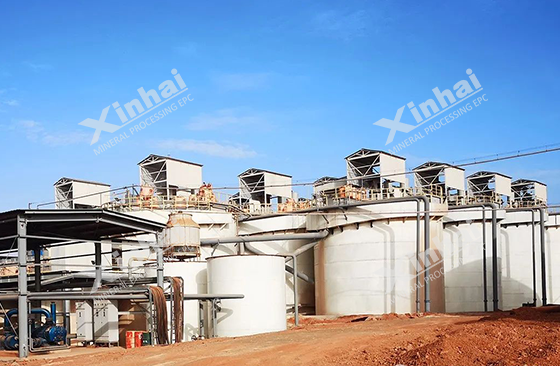
The Carbon in Pulp (CIP) process method is a gold extraction technique that uses activated carbon to capture dissolved gold from cyanide-leached ore slurry. Think of it as a “gold magnet” that uses activated carbon (a porous material) to capture tiny gold particles from a slurry (a mix of water and finely ground ore). Unlike older techniques, CIP is efficient, cost-effective, and environmentally friendlier.
Gold ore is first crushed into small pieces, then ground into a powder. This increases the surface area, making it easier for chemicals to dissolve the gold.
The powdered ore mixes with water and a dilute cyanide solution. Cyanide acts like a “gold dissolver,” breaking down the ore to release gold particles into the liquid.
Activated carbon (often made from coconut shells) is added to the slurry. This carbon has a massive surface area—imagine a sponge with millions of tiny pores—that attracts and traps gold molecules.
After a few hours, the carbon absorbs most of the gold. The mixture passes through screens to separate the gold-rich carbon from the waste slurry.
The carbon is washed with a hot solution to strip off the gold, which is then refined into pure bars or nuggets. The carbon can even be reused!
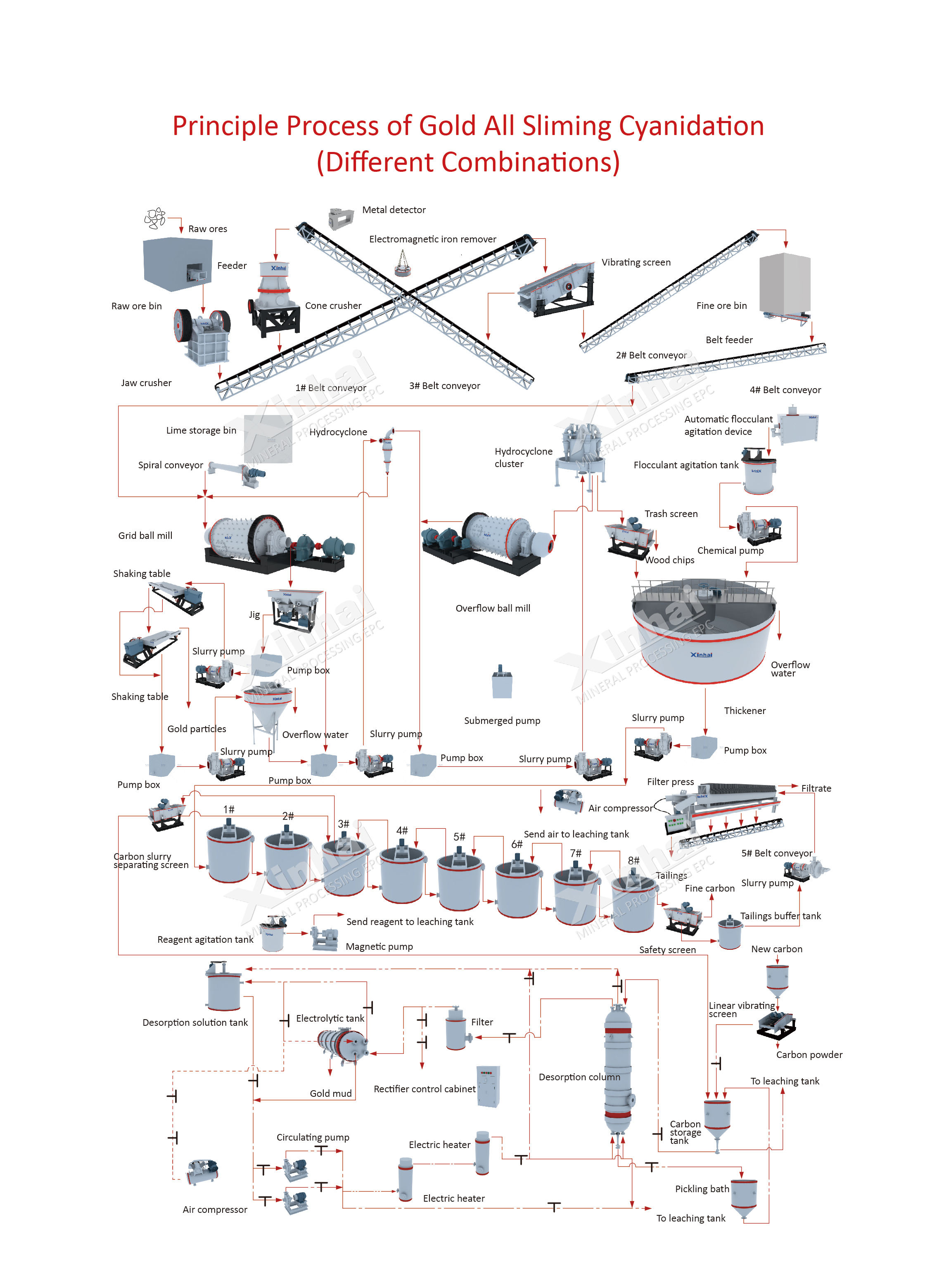
1. High Efficiency
CIP recovers up to 95% of gold from ore, outperforming older methods like mercury amalgamation.
2. Cost Savings
• Simplified Workflow: Unlike traditional methods, CIP eliminates costly solid-liquid separation steps, reducing capital expenses by 25–50% (#user-content-evidence-19).
• Lower Cyanide Use: Lower cyanide concentrations in CIP reduce chemical costs and environmental risks (#user-content-evidence-19).
3. Safer for the Environment
Modern CIP plants recycle cyanide and carbon, reducing harmful waste. Plus, no toxic mercury is used.
4. Versatility
CIP handles diverse ores, including oxidized, sulfide, and clay-rich deposits. It’s also effective for reprocessing mercury-contaminated tailings.
________________________________________
1. High Initial Costs
Setting up a CIP plant requires significant investment in equipment (leaching tanks, adsorption columns) and skilled labor. However, companies like Xinhai Mining optimize costs by using modular designs, cutting expenses by 30–50%.
2. Carbon Wear and Loss
Fine carbon particles can escape into tailings, reducing recovery. Solutions include:
• Improved Carbon Quality: Coconut-shell carbon, with 85% micropores, minimizes wear and retains 95% activity after regeneration.
• Automated Screening: Advanced mesh screens reduce carbon loss during slurry separation.
3. Complex Process Control
CIP demands precise management of pH, cyanide levels, and oxygen. Automated systems, like PumpCell CIP circuits, streamline adsorption with real-time monitoring.
________________________________________
While CIP is synonymous with gold extraction, its principles apply to:
1. Pulp and Paper
• CO₂ Capture: Kraft pulp mills use CIP-like methods to capture biogenic CO₂ for producing calcium carbonate (used in paper coatings) (#user-content-evidence-9).
• pH Control: CO₂ replaces corrosive acids in papermaking, enhancing safety and reducing costs (#user-content-evidence-13).
2. Chemical Manufacturing
• Catalyst Recovery: CIP-inspired filtration systems recover catalysts in pharmaceutical and chemical production, reducing waste (#user-content-evidence-22).
________________________________________
1. Green Technologies
• Closed-Loop Systems: Companies like FeecChina New Materials use low-energy membranes to replace traditional filters, cutting water and energy use by 30%.
• Carbon Recycling: Coconut-shell carbon’s 15+ reuse cycles lower lifecycle emissions by 62% vs. coal-based carbon.
2. Automation and AI
• Smart Sensors: Real-time data on carbon loading and slurry density improve recovery rates.
• Predictive Maintenance: AI algorithms predict equipment failures, reducing downtime.
________________________________________
You might hear about carbon in leach (CIL), a similar process. The key difference:
• In CIP, leaching (dissolving gold) and carbon adsorption happen in separate tanks.
• In CIL, both steps occur in the same tank.
CIP is often preferred for ores that need longer leaching times, while CIL simplifies the setup.
________________________________________
• Guinea 15,000t/d Gold Gravity Separation and CIP Plant

• Tanzania 1200t/d Gold CIL Plant
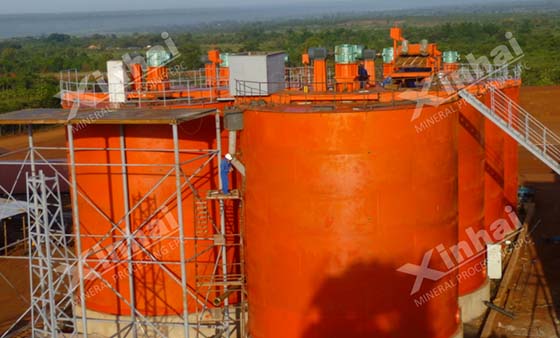
• Mongolia 3 Million t/a Gold Heap leaching Plant
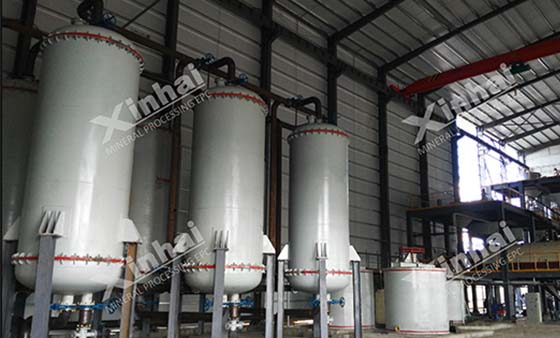
________________________________________
Need a CIP solution? Contact us for expert guidance tailored to your project!
No. 188, Xinhai Street, high-tech Industrial Park, Fushan District, Yantai, Shandong, China.
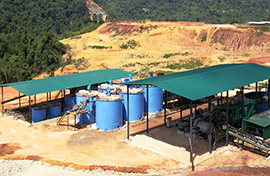
Please leave your message here! We will send detail technical info and quotation to you!